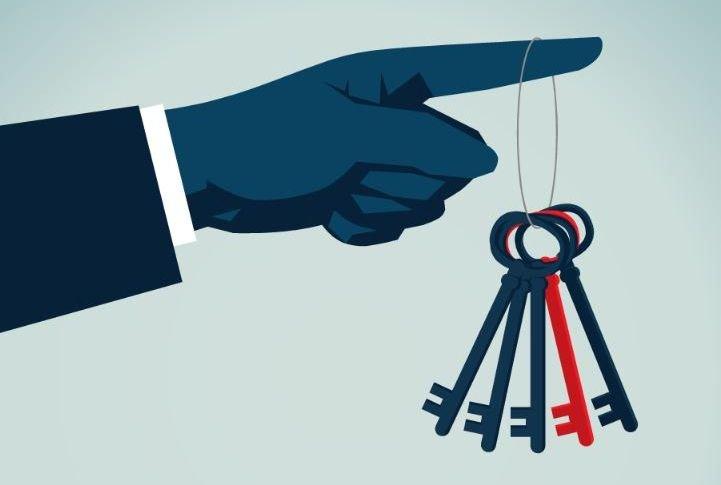Strengthening market access deliverables by harnessing the patient journey
In today’s multi-stakeholder environment, pharma companies need to coordinate their stakeholder interactions between functions to ensure consistency of message and effi ciency of cost. Market access has a critical role to play in this by helping to cross-functionally leverage the patient journey in order to improve the process of value communication.

As the number and type of stakeholders that pharma companies need to engage with has changed significantly in recent years - to include payers, patients and policy-makers as well as physicians - so the need for several functions within companies to work directly with these stakeholders has increased.
What companies have been finding is that their functions work in silos, but the needs and the questions of the stakeholders they speak to often overlap. Topics such as the clinical value of new products, or what impact the product has on outcomes are relevant to multiple stakeholders. This is a recipe for frustration on behalf of the stakeholders: on one side companies invest time and money to create stories for each target group, on the other side the customer receives multiple, sometimes inconsistent messages.
Developing a common base
As mentioned above, each function - eg government affairs, marketing, medical and market access - generally produces its own value story, typically by involving several third-party providers that work in parallel without ever talking to each other. To avoid the confusion and inefficiency that this current model produces, a more coordinated and synergistic approach that leverages a common tool early in the process is required.
We believe this tool is the well-known exercise of the patient journey, as this incorporates all touchpoints of each stakeholder. Through the patient journey, companies map facts, feelings, needs and perceptions at each step along the way (awareness, diagnosis, treatment, monitoring, etc).
This can be achieved via a cross-functional workshop, complemented by desk research and stakeholder interviews or via a deep dive directly with the stakeholders. Such an approach allows companies to identify unmet needs, knowledge gaps and value drivers and how the gaps between the current and the ideal state of value perception can be addressed. The company will emerge with a clear picture on how its brand can create the most value across all stakeholders.
To a common framework for deliverables
Taking market access as an example, the outputs from this process can be distilled into a framework that encompasses four key categories - disease burden, disease management, clinical benefit and economic/humanistic benefit. These categories become the backbone of the market access value story and every other market access deliverable. The image here shows, from the starting point of the patient journey, how one comes to the common framework based on the four categories mentioned above and moves to the deliverables that a market access department needs to create (value story and messages, RWE generation, objection handler, pricing strategies, managed entry agreements and negotiation pathways).
This way, the deliverables are consistent in tone, messaging and in delivering on the real unmet needs of the stakeholders.

Benefiting functions and driving affiliate adoption
Perhaps the most common way we apply this approach is by building a unified value story across functions addressing different stakeholders. From a broader brand team perspective, the patient journey and value story are completely scaleable. For example, for marketing, the patient journey and unified value story can be used for deliverables such as segmentation, product positioning and beyond the pill services. Similarly for medical, the approach can be leveraged for the delivery of the evidence generation plan, the medical education and communication programme. Finally for government affairs, the methodology can contribute to the deliverable of position papers, engagement plans and overall communication plans.
The patient journey becomes not only the method that allows the right messages to be identified at a global level, but also the approach the field resources use to present messages to each stakeholder locally (leveraging the modular approach and the single evidence repository that can be tailored to their needs and objectives). The common methodology across functions did show an improvement in the impact of communication as well as in the adoption of global deliverables by local organisations.
We believe market access and brand teams in general can obtain quick wins by working on patient journeys and unified value stories, from creating a unified language, to enabling synergies and produce efficiencies.



